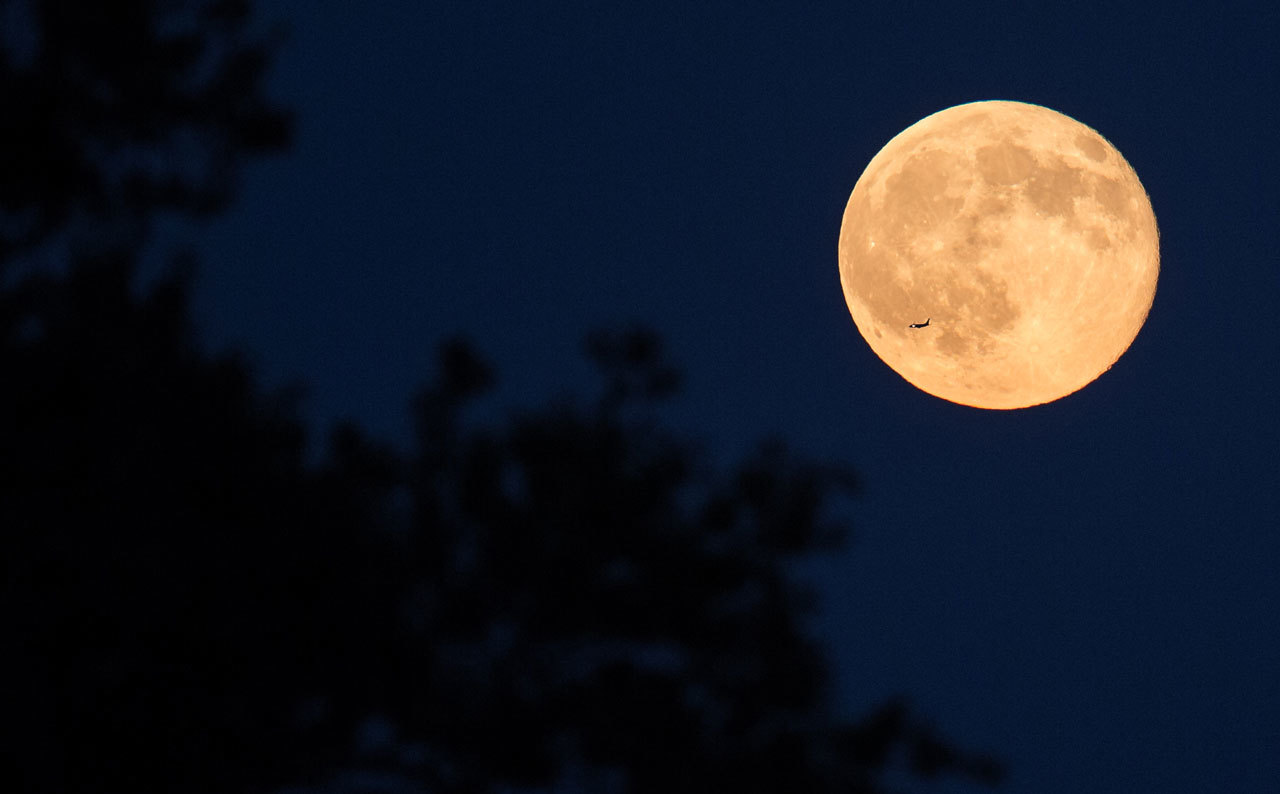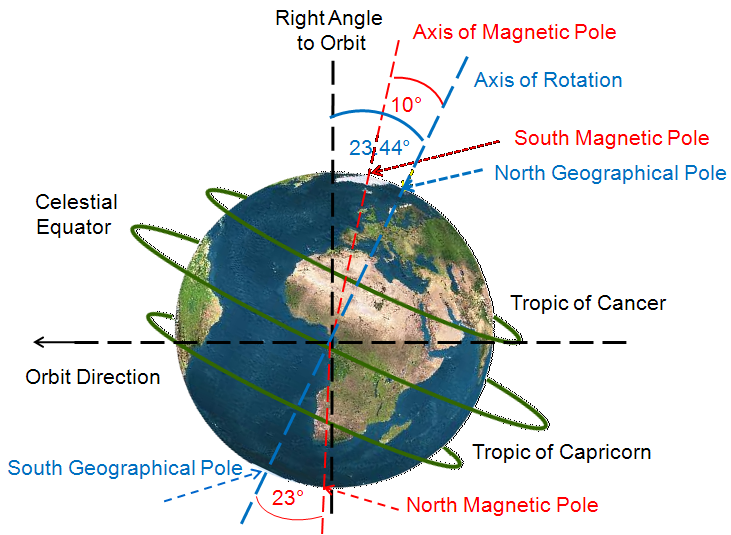Each year it drifts an estimated 1.5 inches ( 3.8cm) further away from Earth and in the process, Earth's rotation is actually slowing down.
What if one night the moon simply disappeared? Would we miss it?
A full moon is on average 14,000 times brighter than the next brightest night sky object, Venus. Without it, every night would be as dark as a new moon and stargazing would be spectacular, but by the next morning, you'd begin to realize just how important the moon is for life on Earth.

To start, between the sun, Earth's rotation, and the moon, the moon has the largest influence on Earth's tides. Without it, high and low tides would shrink by an estimated 75%. This would jeopardize the lives of many types of crabs, muscles, and sea snails that live in tidal zones and disrupt the diets of larger animals who rely on them for food, threatening entire coastal ecosystems in the process.
Within a few decades,
we would start to see mass population declines
in the sea and on land.
 One of the largest spawning events in the world occurs
in the Great Barrier Reef.
Each November in the days following the light
of a full moon, corral colonies across the Reef,
spanning an area larger than the state of New Mexico,
release millions of egg and sperm sacks
within nearly minutes of one another.
One of the largest spawning events in the world occurs
in the Great Barrier Reef.
Each November in the days following the light
of a full moon, corral colonies across the Reef,
spanning an area larger than the state of New Mexico,
release millions of egg and sperm sacks
within nearly minutes of one another.
Scientists are certain that the full moon plays a role in the timing, but exactly how remains a mystery. On land, animals like these red crabs also use lunar cues to reproduce. After living most of their lives on the mountains, millions of adult crabs migrate down to shore and then only during the last quarter of the moon, females release their eggs into the sea. Now, the moon may not hold as much sway over human reproduction, but without it, something we care equally about would change, the weather. (thunder rolling)
Tides and tidal currents help mix cold, Arctic waters
with warmer waters in the tropics.
This balances temperatures
and stabilizes the climate worldwide.
Without the moon,
weather forecasts would be practically impossible.
The average difference between the hottest
and coldest places on Earth could grow
to life-threatening extremes,
but none of this compares to the biggest change
that we would have coming over the next millennium.
 Right now, Earth tilts on an axis at 23.5 degrees,
mostly due to moon's gravity.
If the moon disappeared, Earth's axis would wobble
between anywhere from 10 to 45 degrees.
Some experts estimate
that Jupiter could help keep Earth's tilt
from reeling completely out of control,
but even just an extra 10-degree tilt could wreak havoc
on the climate and seasons.
In the past, Earth's tilt has changed
by about one to two degrees,
which scientists think could have caused Ice Ages
in the past.
It's hard to know what a 10 degree
or 45 degree tilt would do,
but probably nothing good for most life on Earth.
Right now, Earth tilts on an axis at 23.5 degrees,
mostly due to moon's gravity.
If the moon disappeared, Earth's axis would wobble
between anywhere from 10 to 45 degrees.
Some experts estimate
that Jupiter could help keep Earth's tilt
from reeling completely out of control,
but even just an extra 10-degree tilt could wreak havoc
on the climate and seasons.
In the past, Earth's tilt has changed
by about one to two degrees,
which scientists think could have caused Ice Ages
in the past.
It's hard to know what a 10 degree
or 45 degree tilt would do,
but probably nothing good for most life on Earth.
The moon isn't just imperative for life on Earth today, experts believe that it might have also played a key role in the formation of life more than 3.5 billion years ago. Turns out, the moon isn't just a beacon of light in the night sky. Its existence is crucial to the delicate balancing act that makes life here possible.


0 Comments